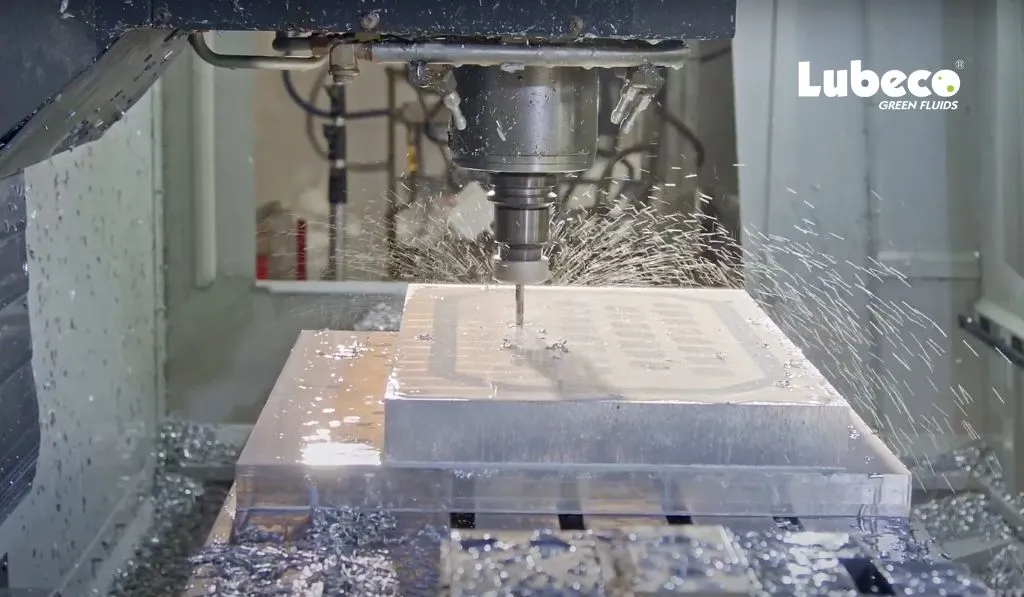Introduction:
Machining is a fundamental process in the manufacturing industry, where materials are shaped, cut, or formed to create a final product. One essential element in the machining process is the use of cutting fluids, which play a crucial role in enhancing tool life, improving surface finish, and overall efficiency. In this blog, we will explore the 10 significant benefits of using cutting fluids during machining.
Heat Dissipation:
One of the primary functions of cutting fluids is to dissipate heat generated during the machining process. As a cutting tool interacts with the workpiece, friction generates heat, which can lead to accelerated tool wear and a decrease in machining efficiency. Cutting fluids act as coolants, absorbing and carrying away the heat, preventing thermal damage to the tool and workpiece.
Tool Life Extension:
Cutting tools are subjected to intense mechanical and thermal stresses during machining. The use of cutting fluids helps extend the life of these tools by reducing friction, heat, and wear. Proper lubrication provided by the cutting fluid minimizes the chances of tool chipping, abrasion, and other forms of deterioration, leading to increased tool longevity and cost savings.
Improved Surface Finish:
The quality of the final product often depends on the surface finish achieved during machining. Cutting fluids aid in achieving smoother surface finishes by reducing the friction between the tool and workpiece. The lubricating properties of the fluid contribute to a finer cut, minimizing surface imperfections and ensuring the desired quality of the machined surface.
Chip Evacuation:
During machining, chips are formed as excess material is removed from the workpiece. Inadequate chip evacuation can lead to issues such as tool breakage and poor surface finish. Cutting fluids assist in the efficient removal of chips from the cutting zone, preventing chip buildup, and promoting a cleaner machining environment. This not only enhances tool performance but also contributes to a safer and more productive machining process.
Reduced Friction and Wear:
Friction between the cutting tool and workpiece is a major factor contributing to wear and tool degradation. Cutting fluids act as effective lubricants, minimizing friction and wear on both the tool and workpiece. This reduction in friction results in less tool abrasion, lower cutting forces, and enhanced machining precision.
Corrosion Prevention:
Many machining processes involve the use of metals that are susceptible to corrosion. Cutting fluids often contain rust inhibitors and anti-corrosive additives that protect both the tool and the workpiece from corrosion. This is particularly important in environments with high humidity or when working with materials prone to oxidation, ensuring the longevity and integrity of the machined components.
Cost Savings:
While cutting fluids represent an additional expense in machining operations, the overall cost savings achieved through increased tool life, improved efficiency, and reduced scrap make them a cost-effective investment. The extended lifespan of cutting tools, coupled with enhanced productivity and reduced downtime, results in long-term economic benefits for manufacturers.
Improved Machining Speeds and Feeds:
Optimizing machining speeds and feeds is crucial for achieving efficiency in production processes. Cutting fluids aid in this optimization by facilitating higher cutting speeds and feeds without compromising tool life or surface finish. The enhanced heat dissipation and lubrication provided by the fluid allow for more aggressive machining parameters, resulting in increased productivity.
Environmental and Health Benefits:
Modern cutting fluids are designed to be more environmentally friendly and less harmful to human health. Water-based cutting fluids, for example, are preferred over oil-based alternatives due to their lower environmental impact. Additionally, advancements in cutting fluid formulations have led to reduced levels of harmful additives, ensuring a safer working environment for operators.
Enhanced Precision and Dimensional Accuracy:
Maintaining dimensional accuracy is critical in precision machining applications. The use of cutting fluids contributes to improved precision by reducing the occurrence of tool deflection, vibration, and thermal distortion. This results in more accurate machining, ensuring that the final product meets the specified tolerances and quality standards.
Conclusion:
In conclusion, the use of cutting fluids in machining is essential for achieving optimal performance, efficiency, and quality. From heat dissipation to tool life extension and environmental considerations, the benefits of cutting fluids extend across various facets of the machining process. Manufacturers must carefully select and apply cutting fluids based on the specific requirements of their machining operations to harness these advantages and ensure the success of their production processes.









